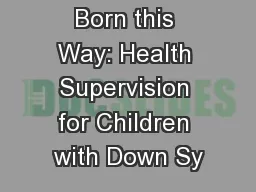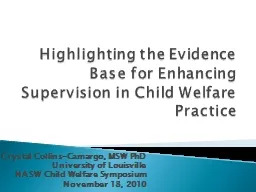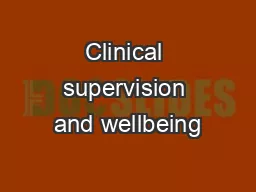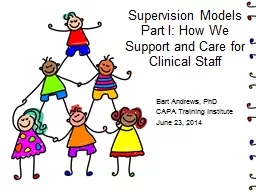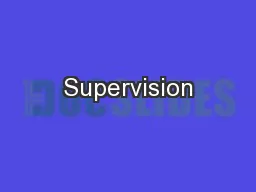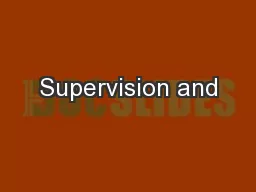PPT-Born this Way: Health Supervision for Children with Down Sy
Author : mitsue-stanley | Published Date : 2017-09-18
Melissa Eldridge MD PGY3 University of South Carolina School of Medicine Columbia SC August 19 2016 Disclosures No financial disclosures Learning Objectives Define
Presentation Embed Code
Download Presentation
Download Presentation The PPT/PDF document "Born this Way: Health Supervision for Ch..." is the property of its rightful owner. Permission is granted to download and print the materials on this website for personal, non-commercial use only, and to display it on your personal computer provided you do not modify the materials and that you retain all copyright notices contained in the materials. By downloading content from our website, you accept the terms of this agreement.
Born this Way: Health Supervision for Children with Down Sy: Transcript
Download Rules Of Document
"Born this Way: Health Supervision for Children with Down Sy"The content belongs to its owner. You may download and print it for personal use, without modification, and keep all copyright notices. By downloading, you agree to these terms.
Related Documents

